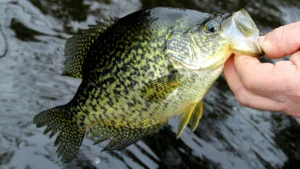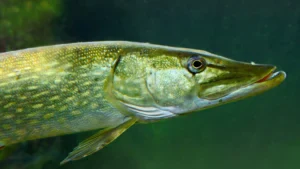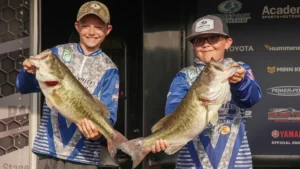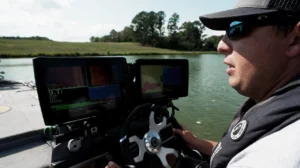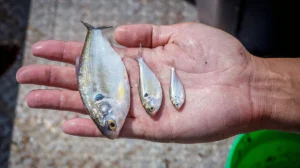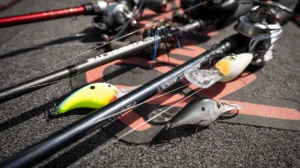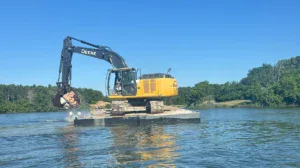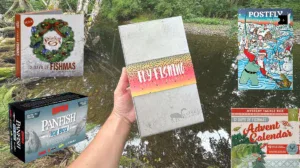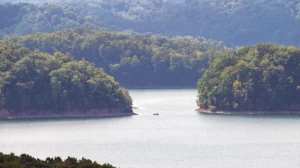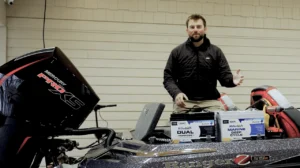The Maumee River is one of Ohio’s premier fishing destinations, especially known for its annual spring walleye run, one of the largest in the Great Lakes region. Each year, thousands of anglers line the riverbanks from late March through April to catch walleye migrating upstream to spawn. It’s a tradition anglers look forward to each spring.
But for six and a half years, the Campbell’ s Soup canning facility in Napoleon, Ohio endangered this run, as well as the other fish that call the Maumee River and Lake Erie home. According to court documents, Campbell’s Napoleon plant illegally discharged wastewater containing phosphorus, ammonia, E. coli, oil and grease, suspended solids, and other pollutants into the Maumee River between April 2018 and December 2024.
On September 15, Campbell Soup Supply Co. admitted to more than 5,400 violations of the Clean Water Act in response to a suit brought by Environment Ohio, Lake Erie Waterkeeper, and the U.S. Environmental Protection Agency.
Why It Matters for Anglers
The phosphorus, in particular, is a major concern to anglers. It feeds the toxic algal blooms that have increasingly plagued Lake Erie over the last decade. These blooms not only endanger aquatic life and human health, but they also impact fishing by reducing water clarity, oxygen levels, and can lead to fish kills.
“Pollution flowing into western Lake Erie from the Maumee River, containing Campbell’s phosphorus discharges, contributes to the lake’s toxic algal blooms,” said Sandy Bihn, Lake Erie Waterkeeper.
If you fish Lake Erie or the Maumee River, you’ve probably seen the impact of algal blooms firsthand: green, scummy water, dead fish floating on the surface, or even no-fishing advisories. Phosphorus pollution plays a central role in creating these blooms, and it’s coming from both agricultural runoff and point-source pollution like Campbell’s wastewater discharges.
“Campbell’s admission that it committed these violations will speed this case toward a trial,” said John Rumpler, Clean Water Program Director for Environment Ohio, who is optimistic about “That’s great news for the people who live along the Maumee River and Lake Erie, who want prompt action on reducing sources of the toxic algae in their local waters.”
Campbell’s Response

While the company admitted to the violations, Campbell Soup Supply Co. disputed claims that its operations have had any significant negative impact on the environment. In a public statement, the company said its discharges were legally permitted and self-reported, and cited an EPA report stating the Napoleon plant is not a “major contributor” to the pollution in the region.
“Importantly, the facility has had minimal, if any, adverse effects on the Maumee River or Lake Erie,” the company said in its release. Still, Campbell emphasized that it has taken steps to improve operations and aims to reach a settlement that serves both the environment and the local community.
What This Means for the Future of Fishing
With Campbell agreeing not to dispute liability and acknowledging the harm to the community, the case now moves toward determining a civil penalty. That includes decisions on the size of the fine Campbell will pay, changes to operating procedures to prevent future discharges, and potential community or environmental remediation projects. The trial is expected in 2026.
For anglers, cleaner water means healthier fish populations, better fishing conditions, and fewer risks from harmful algal blooms. While Campbell’s pollution is only one piece of a much larger puzzle, this case is an example of how environmental enforcement can make a real difference.
If successful, this lawsuit could set a precedent that encourages other polluters to clean up their acts — and keep our nation’s waterways safer for fishing, boating, and drinking.



